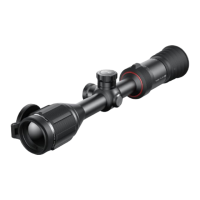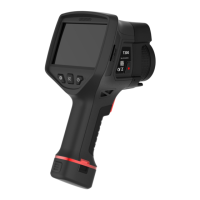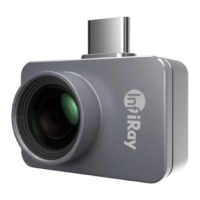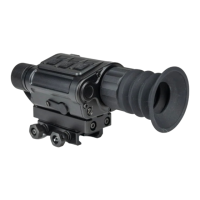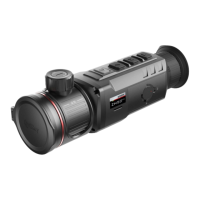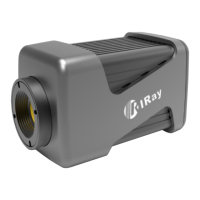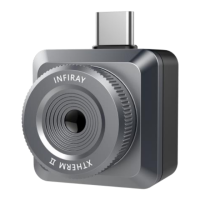Why won't my InfiRay Tube SE connect to my phone or computer?
- SStephen BakerAug 13, 2025
There might be a few reasons why your device isn't connecting. First, double-check that you've entered the correct Wi-Fi password. Also, too many Wi-Fi networks in the area can cause interference. Try moving to a location with fewer networks or no Wi-Fi coverage to establish a stable connection.
